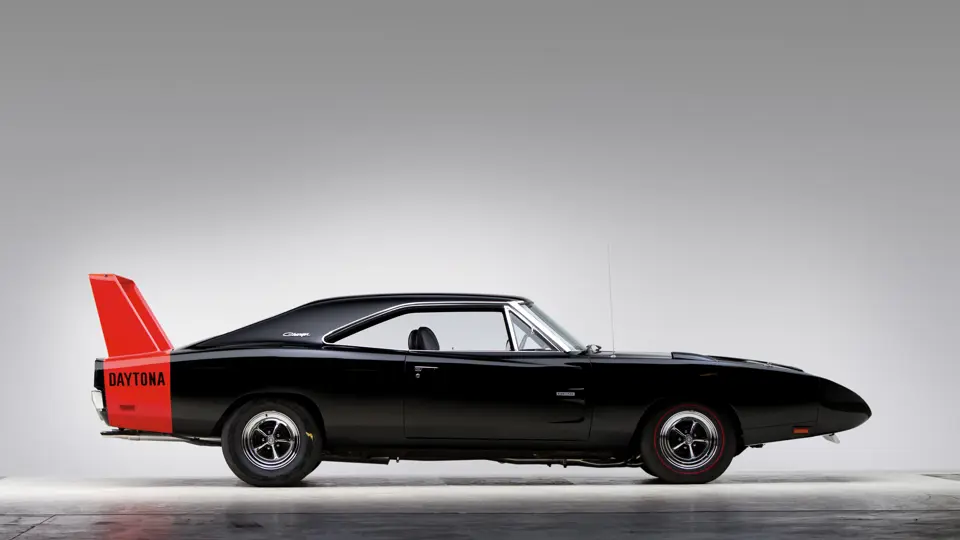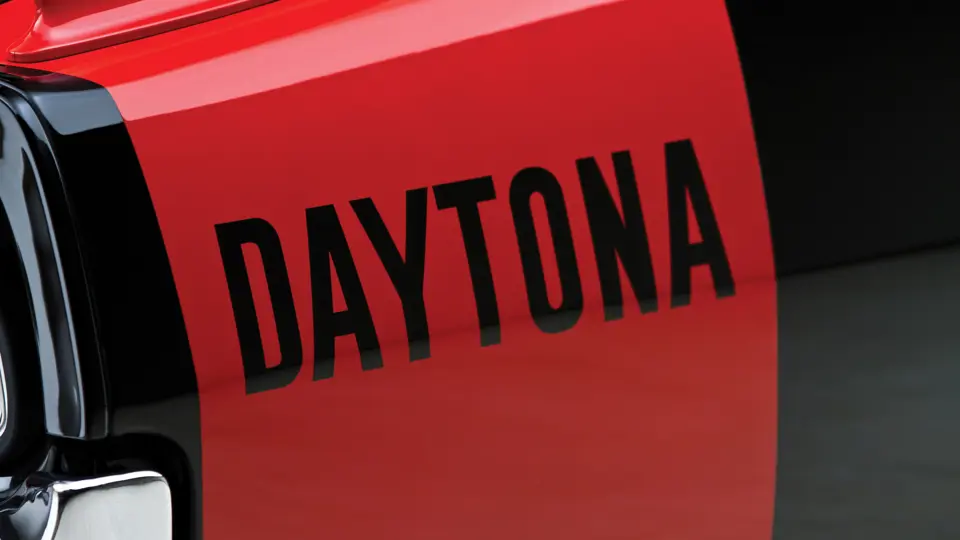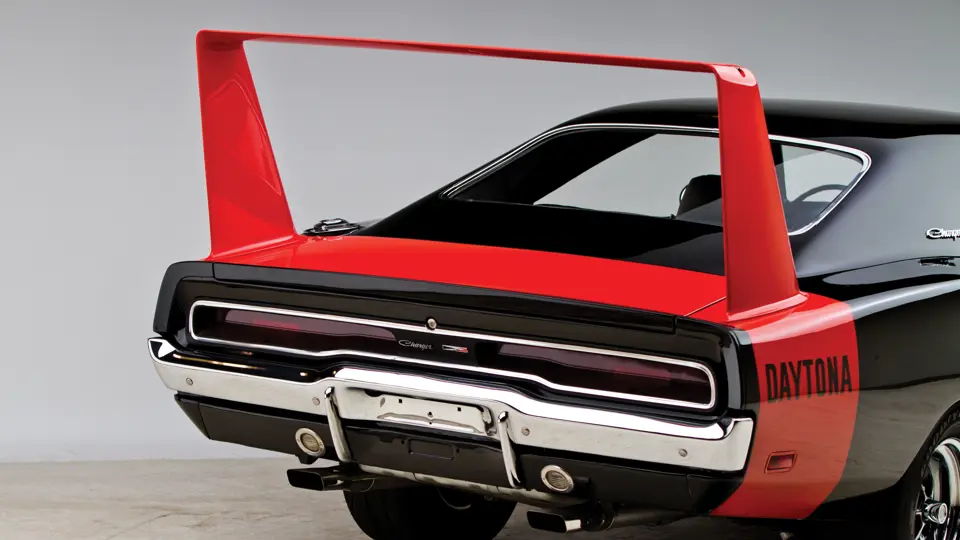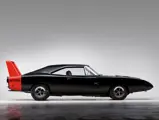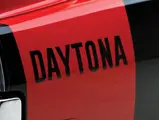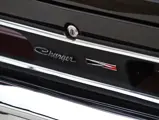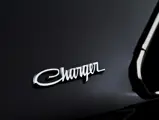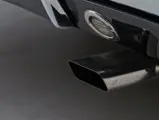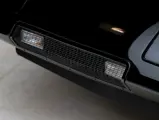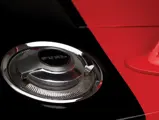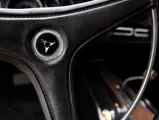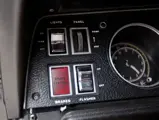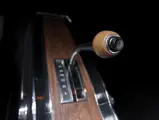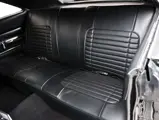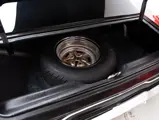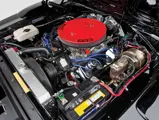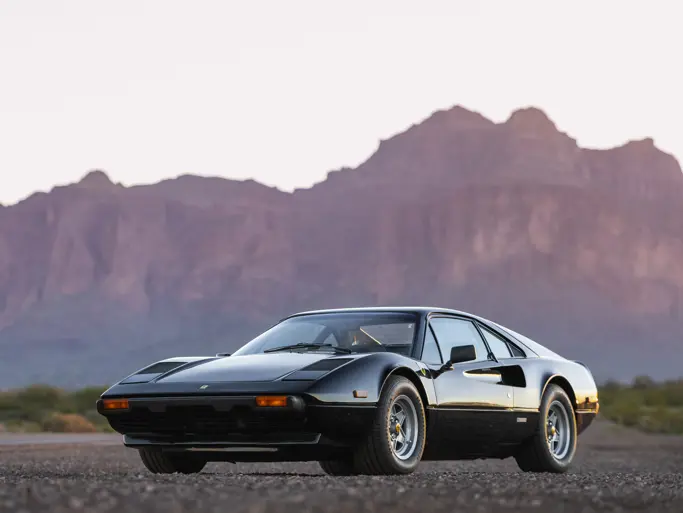A beautifully built, no-expense-spared example
Model XP. 425 bhp, 426.0 cu. in. Hemi OHV V-8 engine, three-speed Torqueflite automatic transmission, torsion bar independent front suspension, live rear axle with semi-elliptic leaf springs, and four-wheel hydraulic drum brakes. Wheelbase: 117.0 in.
Introduced in 1966, the Charger was Dodge’s version of the intermediate-size specialty fastback coupe that many manufacturers were selling. At $3,122, it was a little more expensive than the AMC Marlin or Ford’s Fairlane 500 XL, but it was well equipped and offered a choice of 318- or 361-cubic inch V-8s. Sales hovered around 10,000 to 15,000. In 1968, it was redesigned as a semi-fastback and an R/T performance version, with a 440 CID, 375 brake horsepower wedge engine. Production shot up to nearly 100,000, despite the fact that the R/T now cost nearly $3,500.
For 1969, a base version was marketed with a slant six, but only about 500 were built. A high-end Specialty Edition with leather and wood grain bumped the price up to nearly $3,900.
Attempts to use the Charger in competition, however, proved disappointing. In pursuit of NASCAR laurels, the Charger Daytona was created in the summer of 1969. In search of better aerodynamics, a high stabilizer wing was added to the rear deck, and a nose cone was installed in place of the blunt grille. A flush rear window replaced the Charger’s recessed backlight, new front fenders and hood were made, and air scoops were added to cool the brakes. It was powered by a 375 horsepower 440 Magnum engine.
The first time out, it won the inaugural Talladega 500, albeit in the absence of a number of name drivers who were boycotting the track. Buddy Baker broke the 200 mph barrier at Talladega in a Charger Daytona, and the Charger went on to win six races in 1969 and 1970. The similar Plymouth Superbird did even better, winning eight races in 1970.
A few Charger Daytonas were built with the 426 CID “Street Hemi,” and these are particularly sought-after. By the end of 1970, NASCAR had gerrymandered the rule book to exclude all the “aero cars,” which included the Ford Torino Talladega and Mercury Cyclone Spoiler II, in addition to the winged Mopars. Just 503 Challenger Daytonas were built.
This car is a faithful recreation of the Hemi-powered Charger Daytona. Originally built as a six-cylinder Charger 500, it has had the requisite wing, nose, Hemi, and other specific equipment added during the rebuild. The conversion is very well done, and the workmanship is excellent. Mr. Staluppi considerately thought that in order to build a car with the myriad of options and accessories that this Dodge has, it would be wiser to do so by utilizing a six-cylinder car from the start rather than damaging or devaluing an eight-cylinder example. The Dodge is painted a lustrous black with a red tail wing and black vinyl upholstery. The sparse brightwork is all in good condition. Red line tires ride on chrome sport wheels. It is equipped with power steering, power brakes, air conditioning, a windshield washer, and an AM radio.
The engine compartment is clean and crowded. The undercarriage is very nicely detailed and in excellent, overall condition. This car is a superb recreation and will be an asset to any collection of muscle cars.
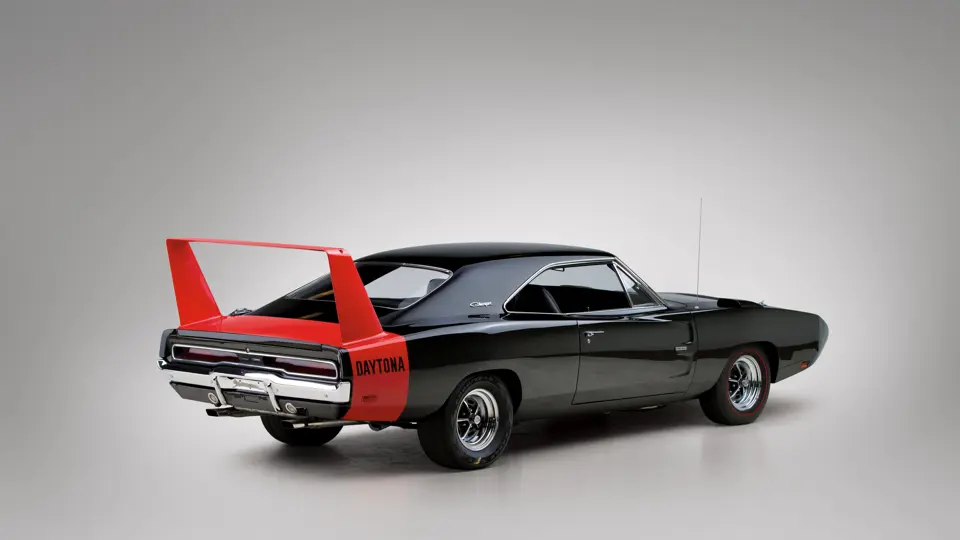



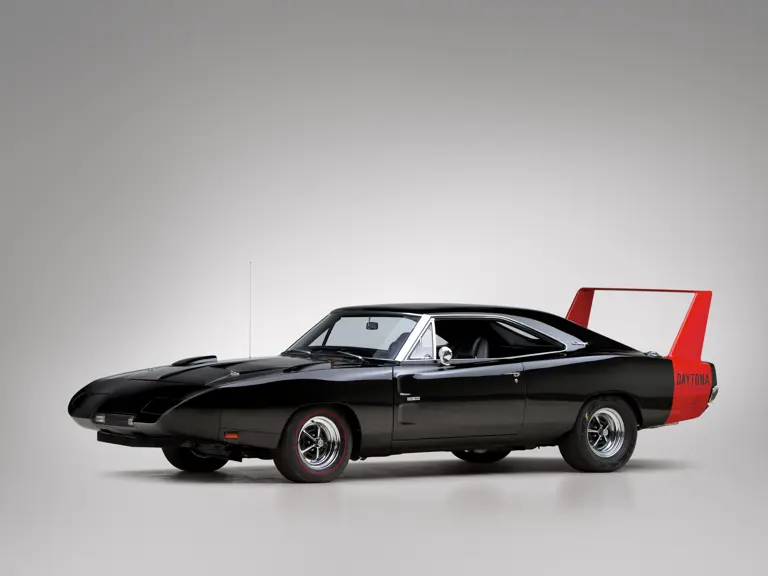
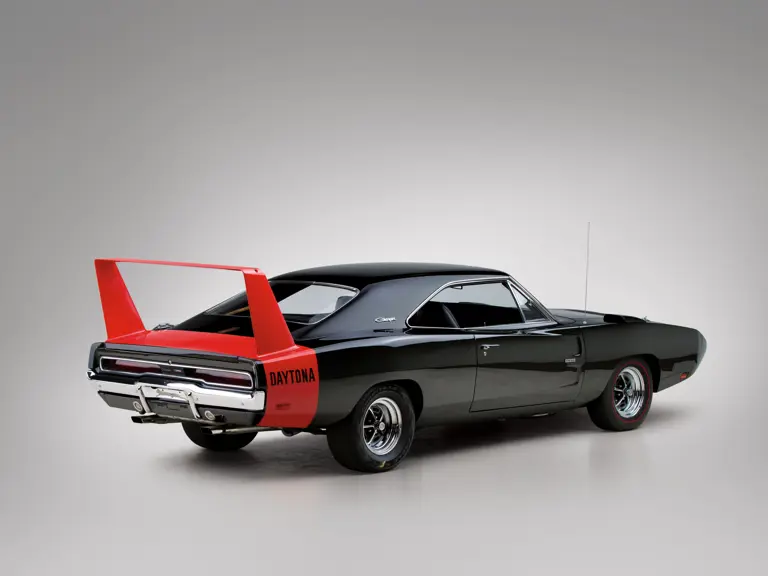
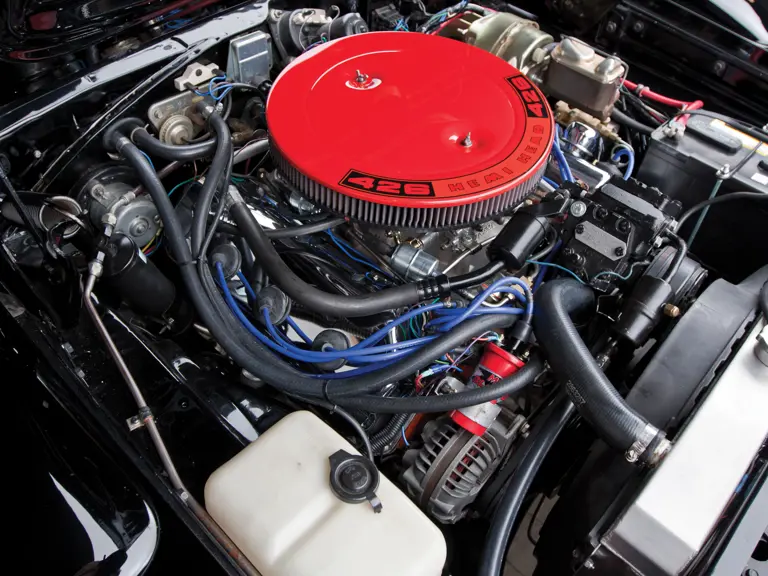
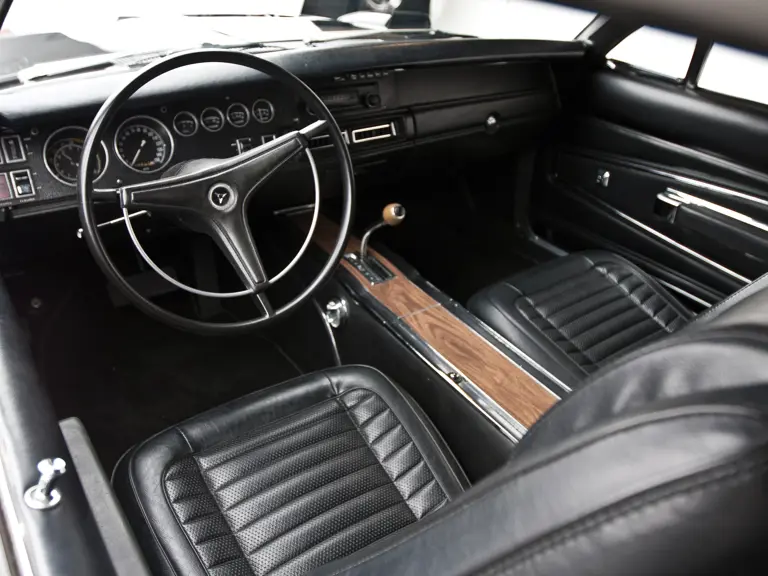

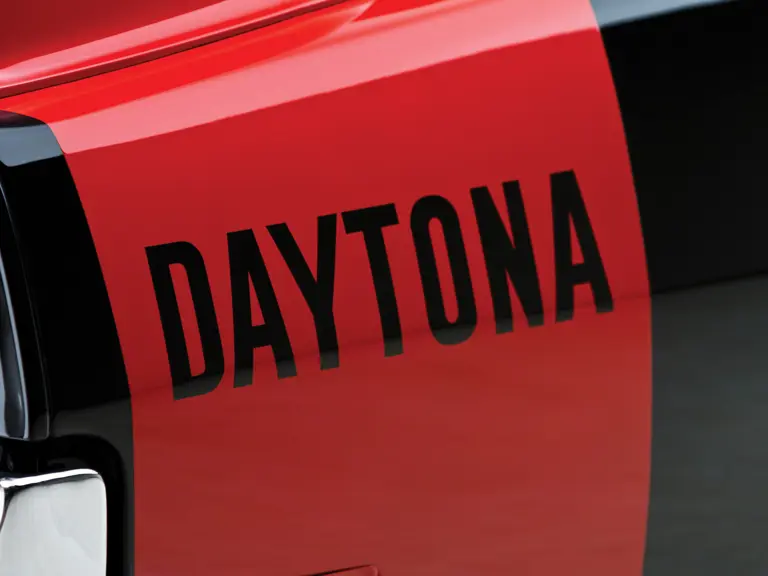
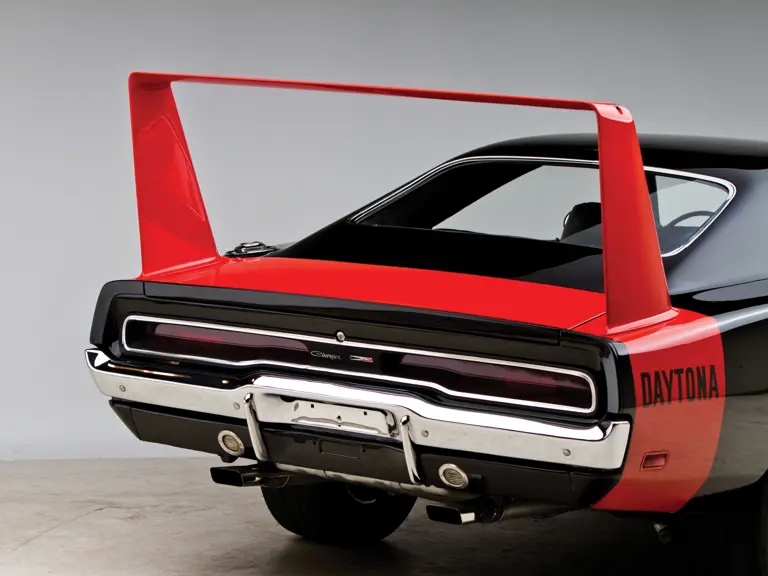
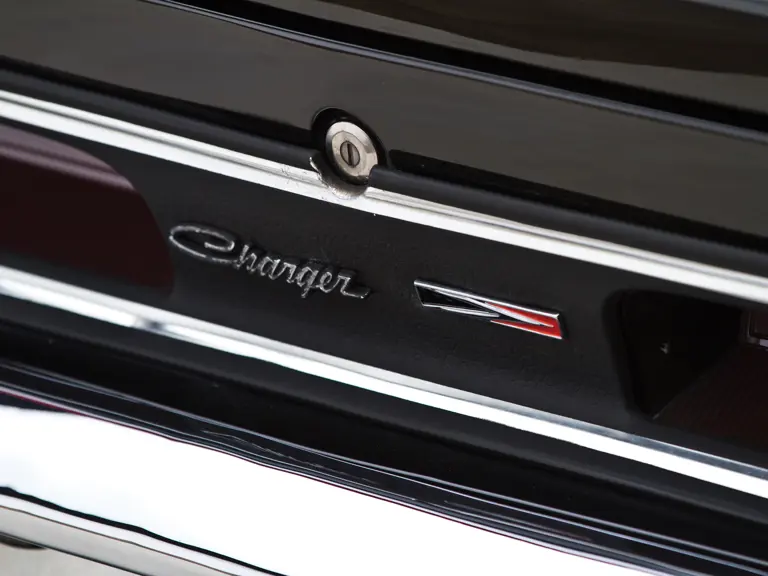
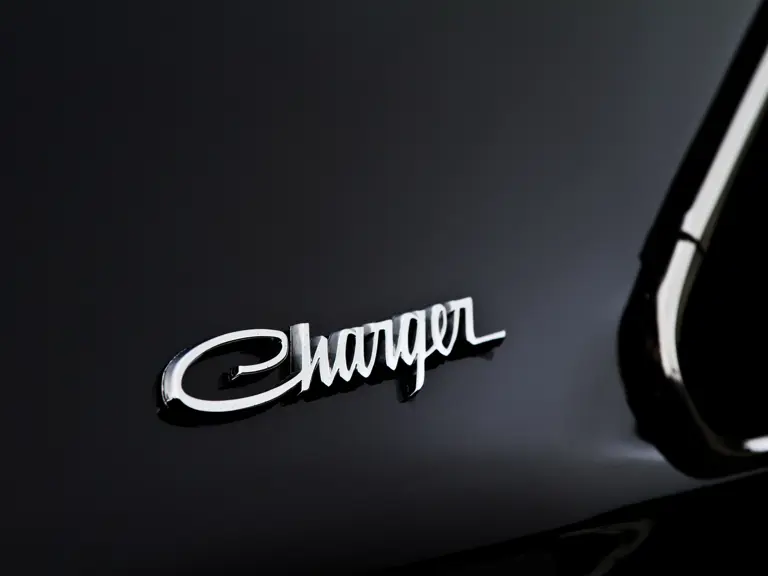

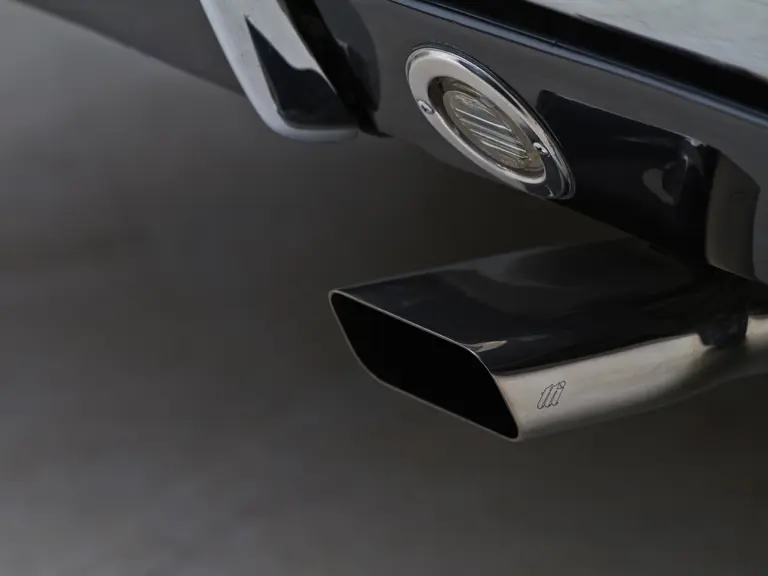
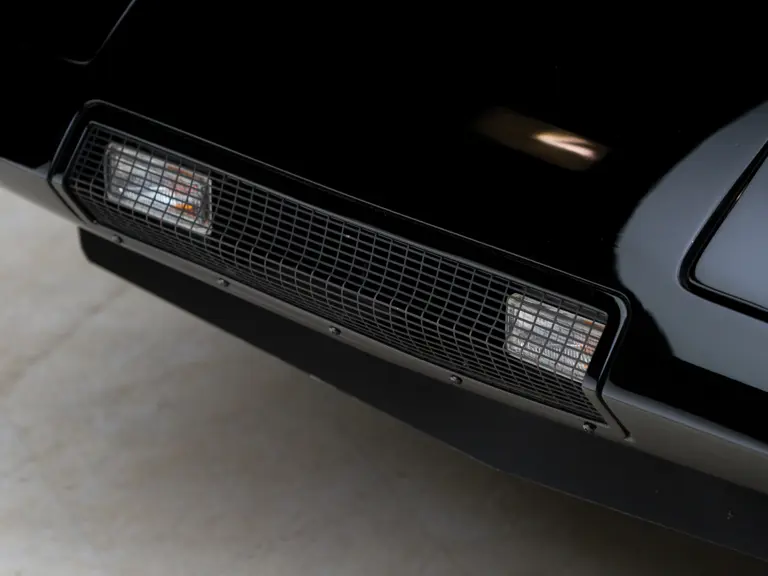
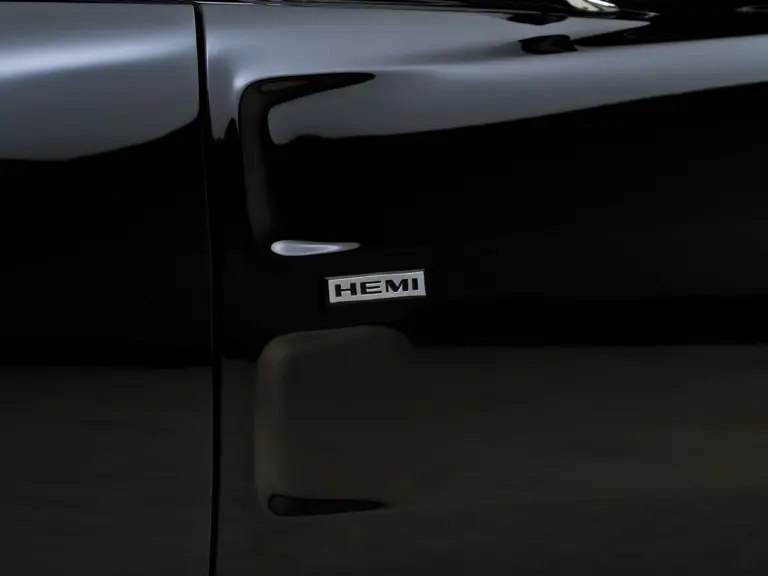

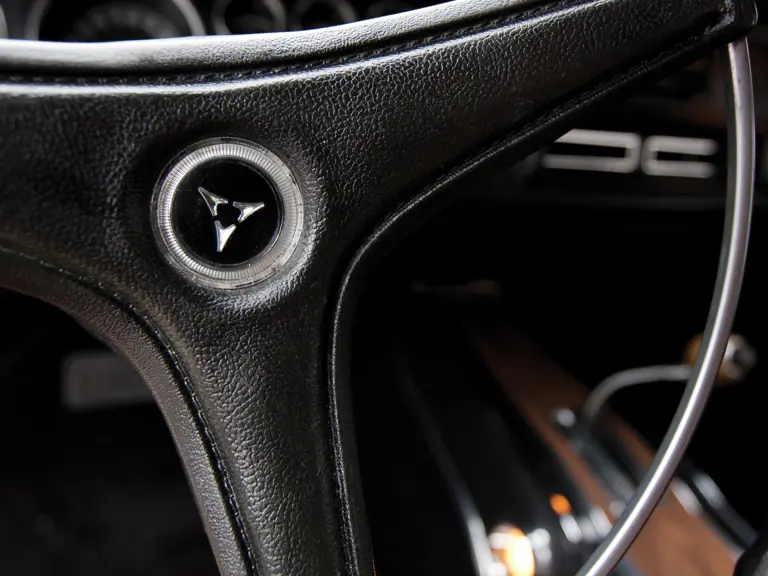
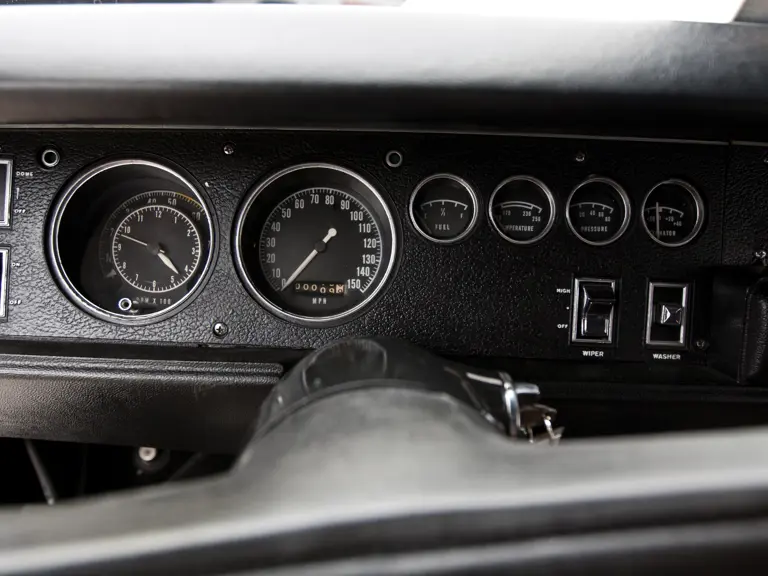
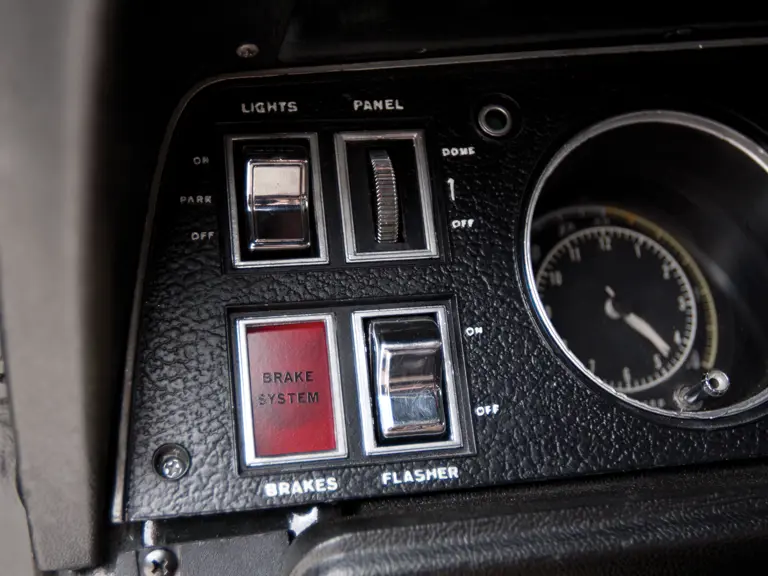
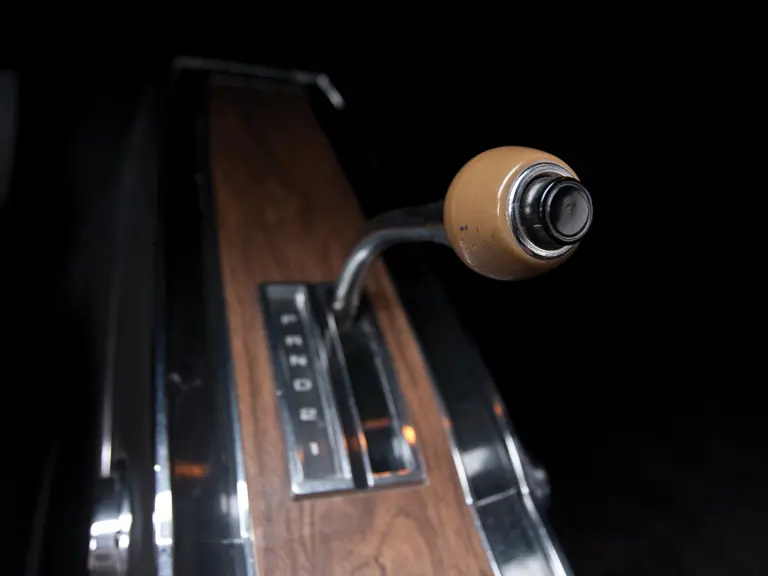
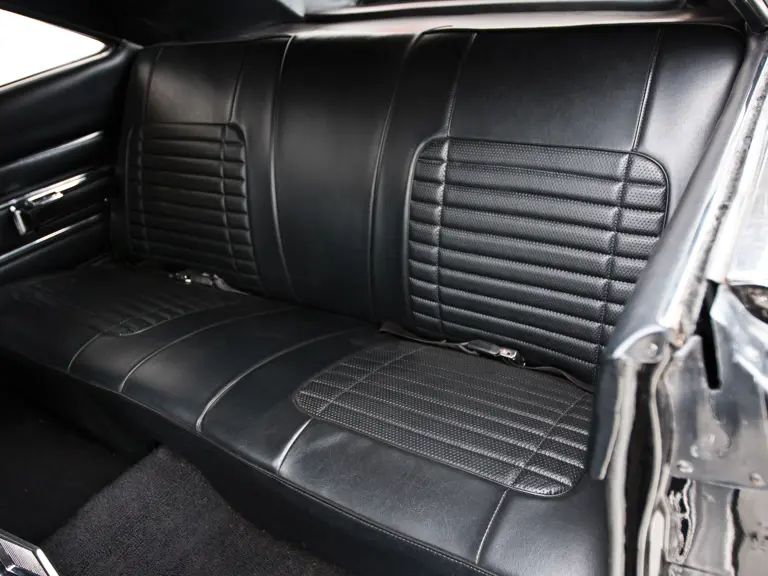
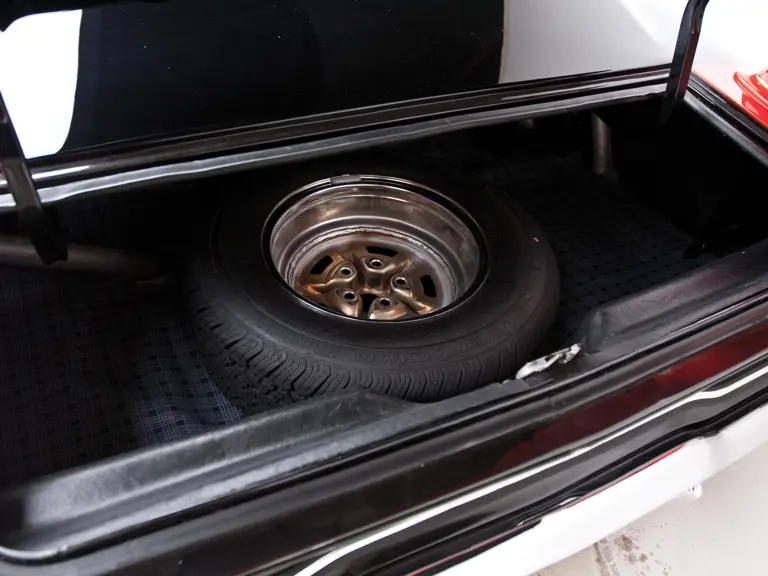
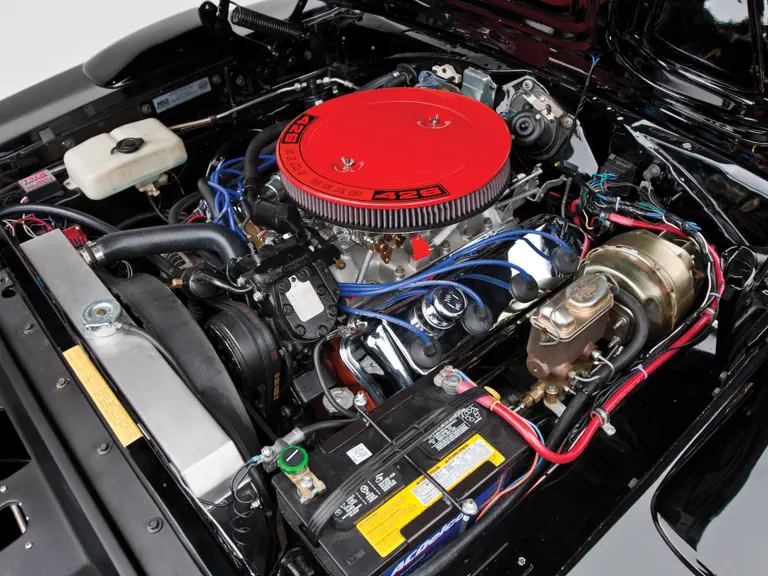

 | North Palm Beach, Florida
| North Palm Beach, Florida
